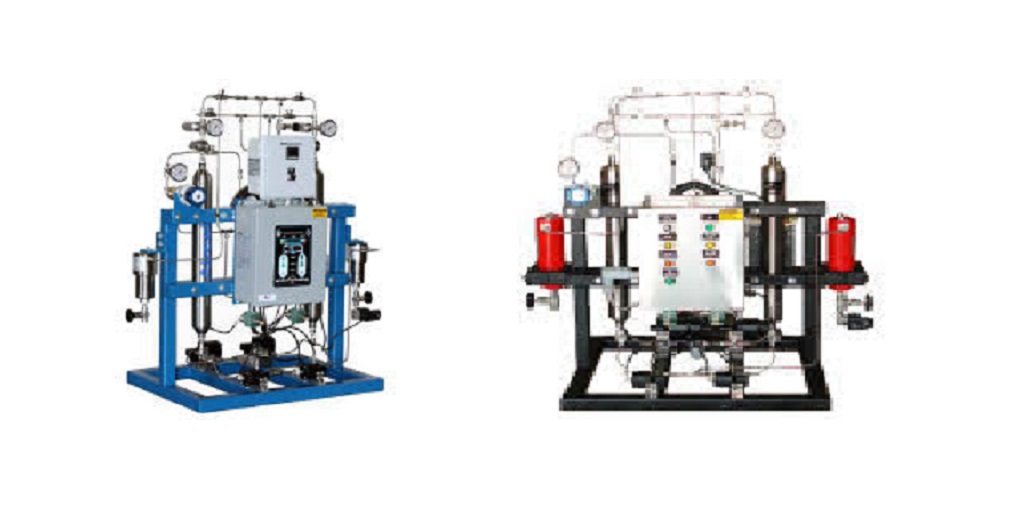For many in the manufacturing and industrial sectors, the first thing that comes to mind might not be compressed air. Nuclear power, fossil fuels like natural gas and coal, or even electricity (from either fossil fuels or sustainable sources) are the mission-critical fuels in many industries.
However, many others use compressed air as a fuel source. Compressed air systems are used widely in manufacturing and industrial processes chiefly because of their availability, versatility, power, and safety. In many settings, they are also chosen for their energy efficiency as a fuel source.
Pneumatically powered tools often offer wide variability in torque and power. They are often lighter and more maneuverable than electrically-powered tools. Moreover, compressed air (and the tools it powers) is often used because it does not produce sparks or exhaust, like internal combustion engines and electric motors.
What Is Compressed Air Used for?
Compressed air is used in a wide range of industries, including but not limited to transportation, chemical and automotive manufacturing, food production and processing, metal, wood, and raw material fabrication, and in agriculture, mining, and power generation, among many other settings.
In certain industries, compressed air systems are used to power conveyor belts, saws, presses, stamps, sprayers, and bottling systems. It can also be used for lifting, hoisting, and material handling (when used to power machines and attachments), for air brakes, to power elevators and vacuum air filters, and even for select cleaning applications.
In addition to being used as a fuel source, compressed air can also be used for air dryers, injection molding, processing, and much more. On top of these uses, compressed air can also be used for a wide range of controls and automation.
Air compressors can also be used to power pneumatic tools such as hammers, drills, clamps, presses, pistons, hammers, and much more, though these general-purpose tools are not necessarily industry-specific.
Compressed Air Systems: Desiccants, Dehydration Systems, Drain Valves, and More
While compressed air systems can be used in a large number of settings and for an even larger number of applications, maintaining a compressor, air storage tanks, and the system connected to them requires the effective management of condensates.
Condensates are liquids that precipitate out of the air when it is compressed, chiefly consisting of water vapor, but sometimes containing oil and potentially other contaminants. If not removed from the system prior to distributing the air as a fuel source, condensates can cause corrosion, frost damage, and worse. Since condensates are not compressible, they can also cause irreparable damage to motors, valves, hoses, and any pneumatic tools connected to the system.
The first step to protecting a compressed air system begins with filtering and dehydrating compressed air using an appropriate drier, typically either a desiccant drier or refrigerated driers and filters. It is also vital to maintain the operability of all drain valves within the system so that they can release accumulated condensates if and when they subsequently form in the system.
To learn more about the different types of compressed air systems, dehydrators, desiccants, and drain valves in the industry, visit Air and Vacuum Process, Inc., online at AirVacuumProcess.com.



